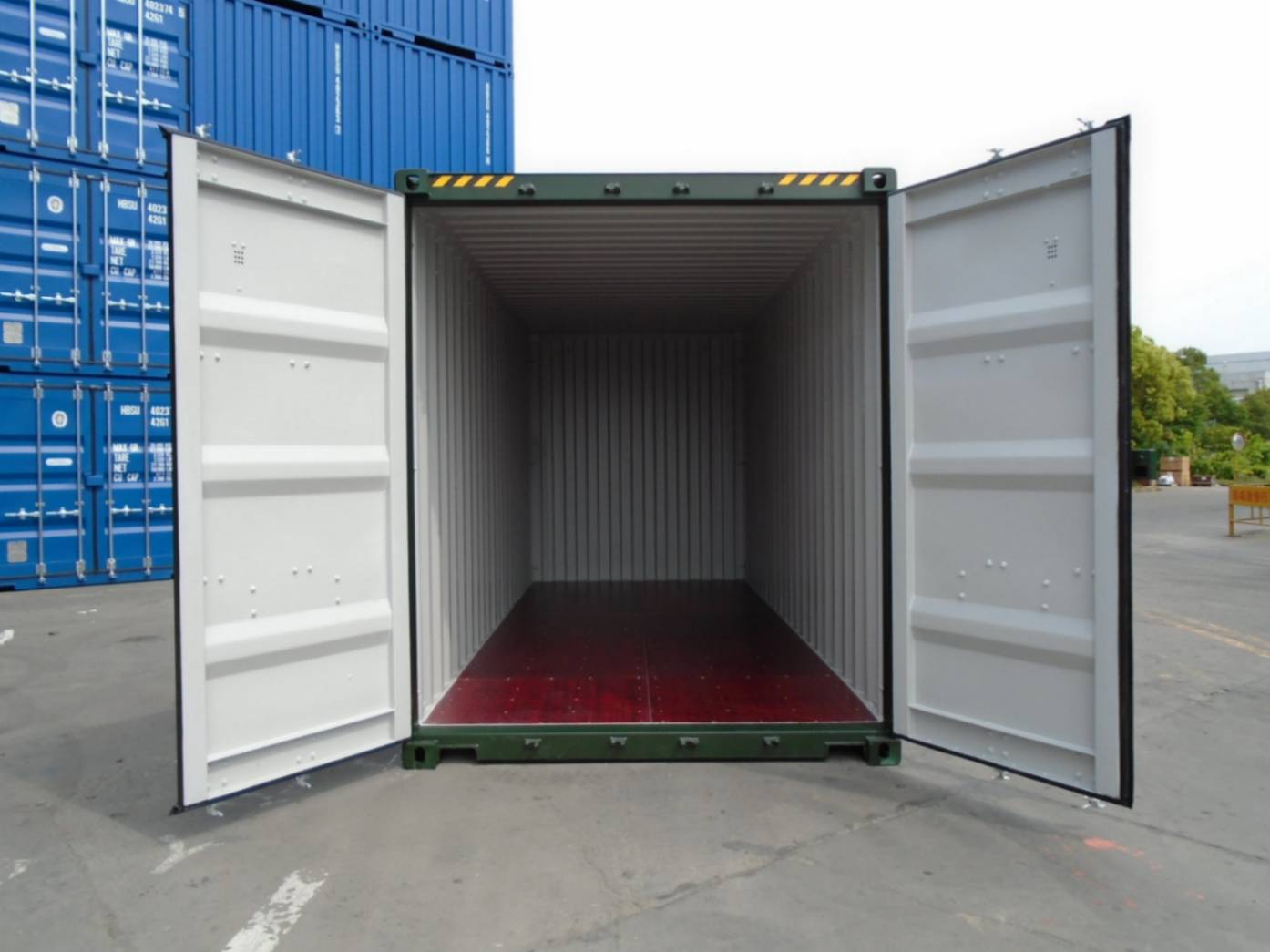Loading cargo or goods onto a shipping container may sound easy, but there’s more to it than simply throwing everything in and hoping for the best. Shipping containers are massive units, and if you don’t securely store your goods, they may get damaged during transit. Before loading everything on board, listen to our tips for packing a shipping container for a smooth moving process.
Choose the correct container for your goods
Before you hire or buy a container, figure out what you’ll be putting inside it. Containers come in many sizes and can be customised specifically for your needs. Depending on what you are storing, you may need one that’s a different size, has different storing capabilities or may even need to be lined with certain materials. You can even have air conditioning units fitted inside your container for temperature-sensitive cargo to regulate the temperature. There are many ways you can use your shipping container for storage and transportation, so talk to your provider about how they provide the perfect solution for you.
Properly pack your cargo for transportation
Some goods may need extra preparation before you can transport them safely. You should also consider whether you’re transporting residential or commercial goods, as your packing methods will differ. It can be worthwhile to take an inventory of every box and container you store away when loading away anything. It can be a huge time waste to forget where something is and tear apart every box until you find it.
For residential and household items, you should place loose articles like books and smaller things like cutlery etc., securely in boxes or plastic storage containers so they don’t get loose in the shipping container. It also pays to use common sense for your packing. You should keep liquids in an airtight container so nothing will leak in the event of an accident. Avoid putting delicate item boxes at the bottom of stacked piles and line those with bubble wrap to minimise breakage. If you don’t want to stack too many items on top of each other, you can install partitions in your shipping container. These allow you to neatly store cargo so you can quickly load and unload when needed.
For commercial transportation, ensure you’ve got a quality container that is dry, clean and shows no signs of damage. When loading stock onto the container, consider loading with machinery to make the loading and unloading process faster. If you plan on shipping with many containers, forklifts and cranes can be invaluable assets to your business.
Do a final inspection before transporting
Once everything is loaded, it’s worth doing a final inspection before giving the all-clear. Refer back to your inventory list if you made one, and ensure everything is where it needs to be and that you haven’t forgotten anything. Shipping container removal services can then take it from there and get it where you need it to be. For all things shipping containers, don’t hesitate to contact Betta Storage, who are experts in the container industry.

1. Site Selection
If you are not mounting the container for the long term, choose a spot where the ground is even and the soil firm and compacted so that it will support the frame of the container. If your site is rough or slanted you can add a layer of gravel or small stones to keep the container stable and secure.
2. Surroundings
If your container is going to remain in place for a length of time, it can be valuable to pave the surrounding area prior to installation. This will provide a solid firm base for your structure and will enable you to utilise the outer area of the container more easily.
3. Vehicle Access
If your site is in a position behind other buildings then you may have trouble getting your container to your site. There are options to have your container dropped in situ’ by a crane but this is expensive. If your site is accessible by vehicle you will keep delivery costs down. Setting up storage containers in Sydney, where the topography varies, it is a great idea to prepare a level area prior to delivery.
4. Weather conditions
It is ideal to have your container delivered on a day free of rain, after a dry spell. Installing your container directly onto sodden earth may lead to sinkage and misalignment of your final structure. If you are in a particularly rough area you may need to secure your shipping container to the ground, but in most circumstances, the natural weight of the container will hold it firmly in place.
5. Ventilation
If you are concerned about water or drainage around the site of your container then it may be worthwhile setting the container down on concrete blocks. This will keep it raised from ground level, free of moisture and well ventilated.
Betta Storage are your local Sydney specialists in movable new and used storage containers. Contact us to discuss your requirements and let us help you choose the right container for your needs.

